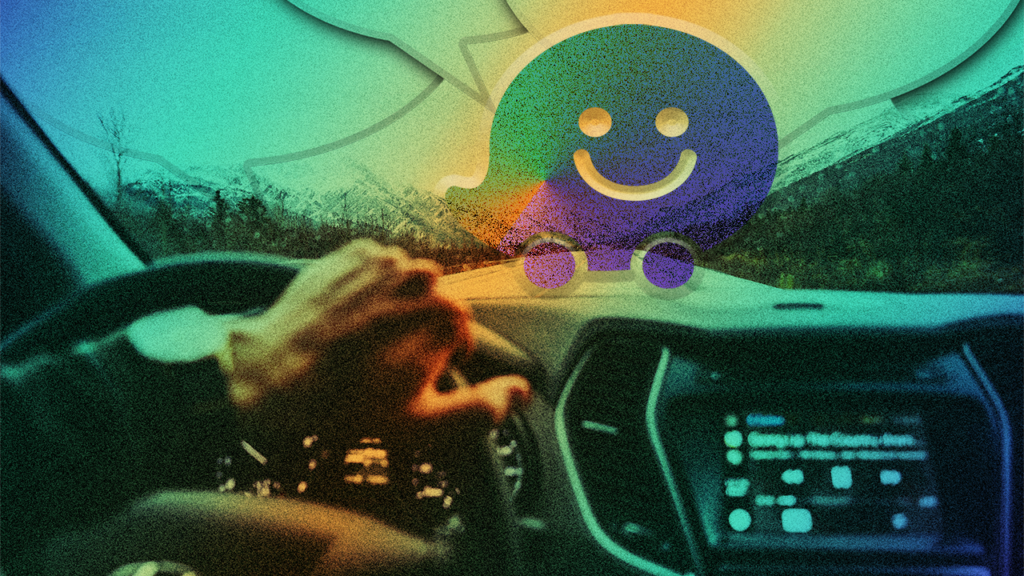The average consumer now spends 13 hours per week in their vehicle, representing a 27 percent increase over 2021. As consumers spend more time on the road, a new generation of connected cars is helping transform vehicles into a third “home” space—an environment that allows consumers to shop, be entertained, communicate and even work as they drive or rest in their vehicles.
What Is The “Third Space?”
The average New York-Newark area resident who commutes spends an average of 56 hours stuck in traffic, according to the 2021 Urban Mobility Report produced by Texas A&M University. Los Angeles residents faired slightly better at 46 hours per driver in 2020—but that still accounts for more than an entire work week spent trapped inside a vehicle. That makes the car much more than a transportation method; it’s also a quasi-living space where attention is highly focused and limited to short periods of time, intensifying the impact of any content that the consumer engages with. As new features are introduced to luxury and utility vehicles, consumers will one day have the option to use voice assistants to interact with their devices and connect with home or work, as well as discover new entertainment options. That also means that connected cars are actually gateways to immersive experiences that consumers will engage with every day.
What The Numbers Say
According to research by Waze, U.S. drivers are far more active than last year, traveling more and farther in the first quarter of 2022. They are also driving to more fun activities, with trips to culture and entertainment destinations rising by 55.7 percent and journeys to sports venues up by 76.8 percent over the same period last year. According to 87 percent of restaurant executives surveyed in Waze’s study, consumers are also letting their impulses decide where to go for dinner. That means drive time is also “decision time” for many consumers, and marketers should be aware of the opportunities and risks involved in reaching new audiences on the road.
Why “A Third Space” Matters To Marketers
It isn’t a surprise that people really, really hate being stuck in traffic. One study suggests that people were willing to give up five minutes of any other leisure activity if it would help them save one minute of time in traffic. Drivers are desperate for a distraction and open to engaging with smart, creative content. The opportunity for marketers is significant, but it can be hard to nail down. While consumers are used to listening to the radio or to podcasts in their cars, connected vehicles offer new options for interactions, each with the potential for brands and consumers to connect. Yet those connections can easily turn into unwanted interruptions if marketers are not cautious.
Creating in-car marketing content is uncharted territory, but that doesn’t mean there are no best practice guidelines to keep top of mind. Here are some things to remember when developing a new strategy:
Make It Worth Their While
Just like with any other type of marketing plan, campaigns should be designed to deliver value to the consumer that prompts them to engage without distracting them from their main task or activity for too long. That means you’re not just delivering content that relates to a guestimate of what a consumer may be doing at the moment, but offering tools or access to features that offer immediate value that’s demonstrable and tailored to the audience. For example, location-based discounts or unique content that add delight to a slow commute when traffic alerts indicate roads are blocked.
Stay Native And Relevant
Automotive companies have been taking advantage of new technologies, like augmented reality, to showcase their new vehicles. That may also soon extend to in-car displays of relevant content and targeted information, however, this content will engage users only when their implementation adds a tangible benefit to their drive time or downtime experience. For example, apps that send critical auto safety information to in-car displays and app-streaming plugins designed to let users access any app from their car’s screen while sitting in traffic.
Think Personalization First
For many consumers, being alone in their cars is a welcome refuge from the outside world—for a few minutes. When those minutes stretch into more than an hour, that space can become a place of tension. Marketers should allow consumers to personalize their interactions to match the mood of “the room,” as well as access the features or information that they want in the way that they want. For instance, consumers may need different types of content at different points in their drive. It’s up to you to make sure that your creative offers multiple iterations to meet their interests, such as audio for active driving or on-screen app content for bumper-to-bumper traffic.
Don’t forget compliance
When attempting to map brand marketing opportunities to connected cars’ digital capabilities, here are a few guidelines to keep in mind from the European Data Protection Board.
- Disclose data usage to consumers during onboarding and offboarding.
- Develop a long-term data use compliance strategy for apps and any digital interactions.
- Ensure that content delivery has embedded, automated controls designed to prevent interference with safe driving, remote control of car functions or emergency service communications.
- Use consent as the legal basis for studies or research using any consumer data, including location and search.

